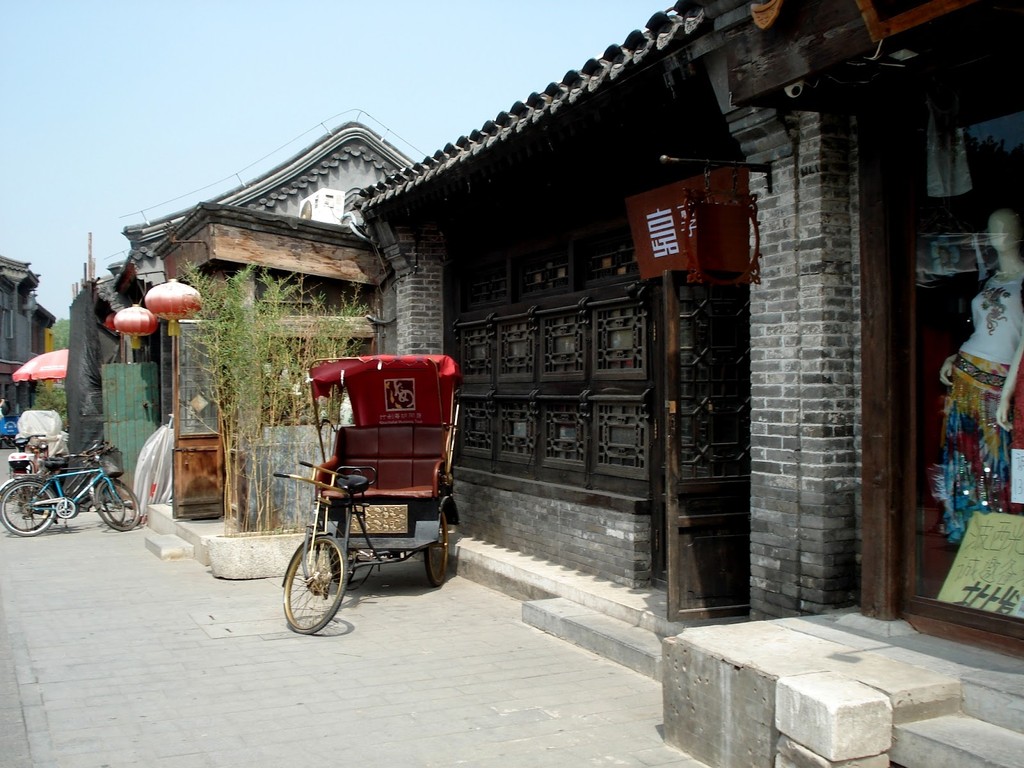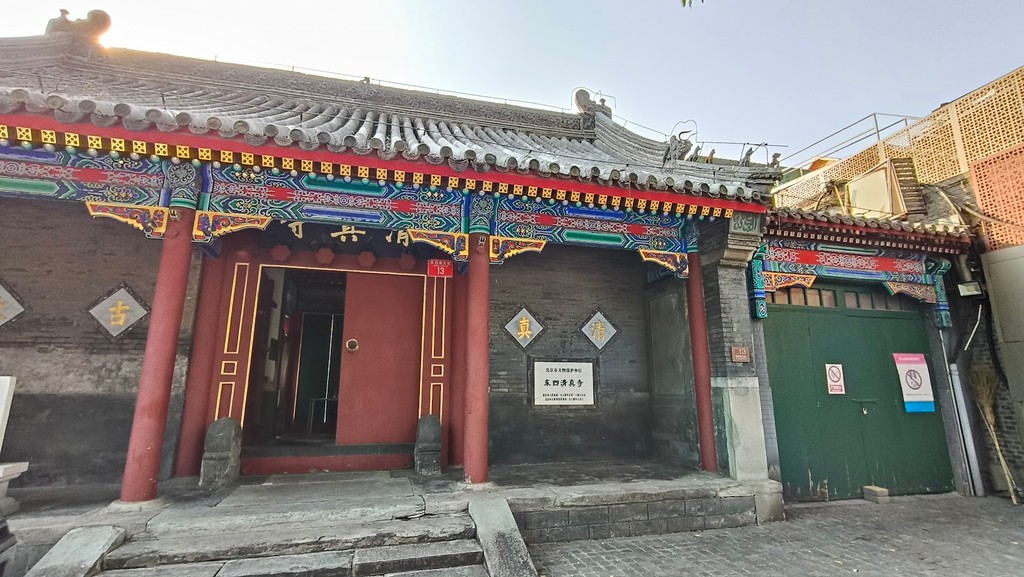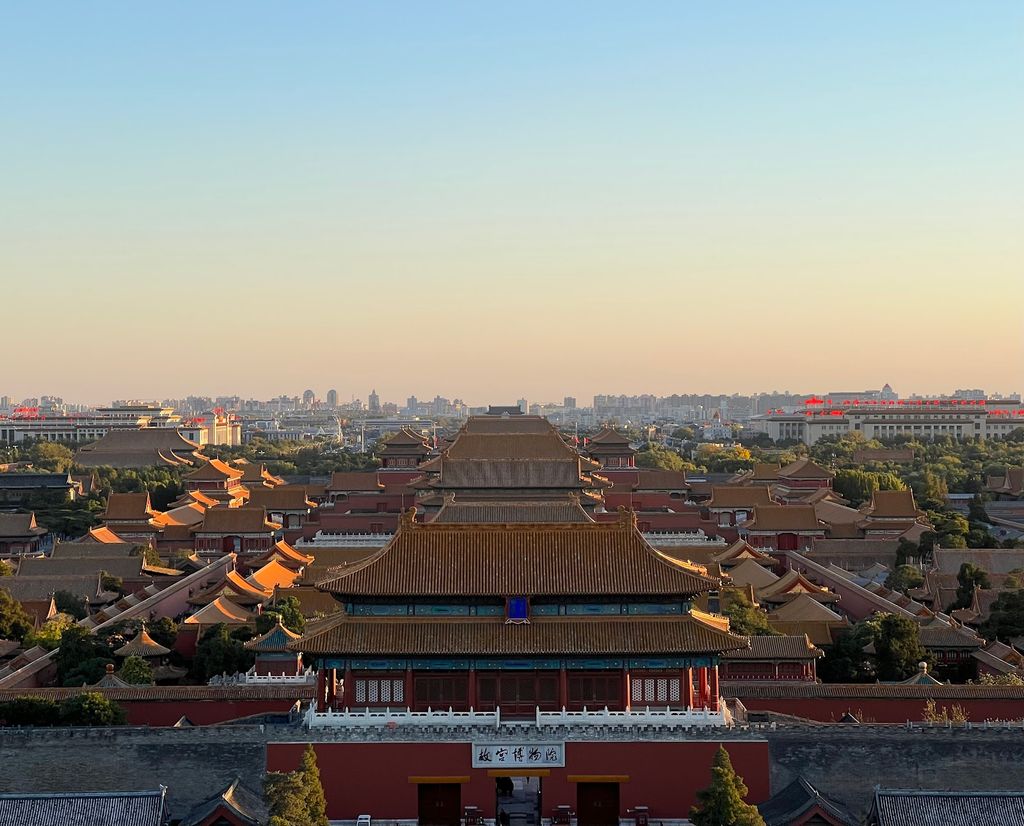Historical Treasures of Beijing Unveiled
Explore the rich history of Beijing in this immersive journey. 我有三个小时的时间,我想多逛一些历史气息厚重的地方,我选择步行,我不想走太多路,不要超过5公里的路程。 Join this free walking tour!
Time
3 Hours
Stops
3 Places
Distance
4.3 km
The Beijing Hutongs
Begin your journey through the narrow, winding alleys of the Beijing Hutongs, offering a glimpse into the traditional residential architecture and life of old Beijing.

The Beijing Hutongs (Source: Google Maps)
The Beijing Hutongs are a network of narrow alleys and traditional courtyard residences that offer a glimpse into the historical lifestyle of Beijingers. Dating back to the Yuan Dynasty (1271-1368), these hutongs are characterized by their unique architecture and layout, reflecting a community-oriented way of life. Originally, the term 'hutong' refers to the wells that were found in these neighborhoods, which served as communal water sources. Today, the hutongs are not only a living testament to Beijing's history but also a popular site for cultural exploration, featuring tea houses, boutique shops, and local eateries. Walking through the hutongs allows visitors to experience the charm of old Beijing, with its intricate doorways and vibrant atmosphere, while also appreciating the traditional values of family and community that these spaces represent.
Dongsi Mosque
Visit one of the oldest mosques in Beijing, Dongsi Mosque, which showcases the unique blend of Islamic and traditional Chinese architectural styles.

Dongsi Mosque (Source: Google Maps)
Dongsi Mosque, one of the oldest mosques in Beijing, was built in the 17th century and reflects a fascinating blend of Islamic and traditional Chinese architectural styles. This mosque is significant not only for its religious importance but also for its cultural heritage, serving as a center for the Muslim community in Beijing. The architecture features traditional Chinese elements such as intricately carved wooden beams and tiled roofs, harmoniously integrated with Islamic motifs. The mosque is a peaceful sanctuary amidst the bustling city, providing a space for prayer and reflection. Visitors to Dongsi Mosque can admire the beautiful courtyard, adorned with lush greenery, and observe the daily practices of the local Muslim community. It stands as a symbol of the historical coexistence of diverse cultures in Beijing, showcasing the city’s rich tapestry of religious and cultural diversity.
Jingshan Park
Conclude your tour at Jingshan Park, offering a panoramic view of the Forbidden City and an opportunity to learn about its historical significance.

Jingshan Park (Source: Google Maps)
Jingshan Park is a historic imperial garden located just north of the Forbidden City. Originally created in the 15th century during the Ming Dynasty, the park was designed to serve as a royal garden for the emperors. Its most notable feature is the artificial hill made from the soil excavated during the construction of the Forbidden City, which offers breathtaking panoramic views of the imperial palace and the surrounding city. The park is home to a variety of ancient trees, some over 300 years old, and several pavilions that provide serene spots for relaxation and contemplation. As you walk through the park, you can discover the rich history tied to the Ming and Qing Dynasties, including tales of emperors who visited the site for leisure and reflection. Jingshan Park is not only a beautiful green space but also a cultural landmark that encapsulates the historical significance of Beijing's imperial past.

Your travels, your rules.
Create your own Free Walking Tours.
Set your preferences, distances and anything you want to do or see.
Completely free, no payment required.